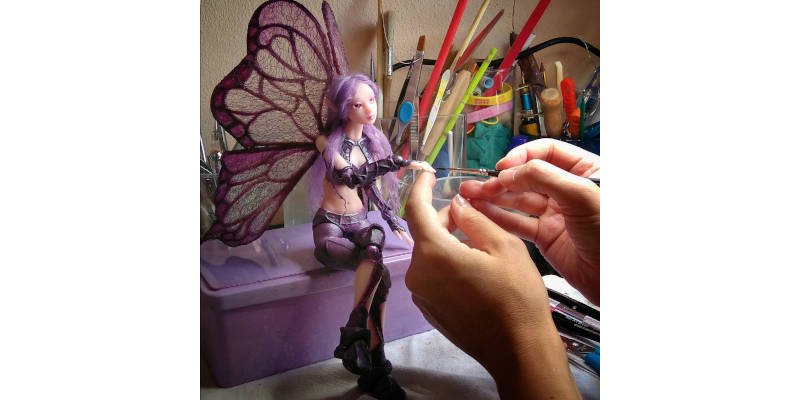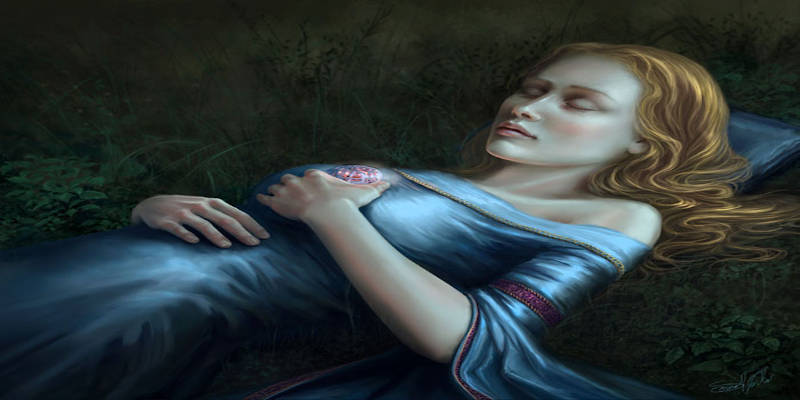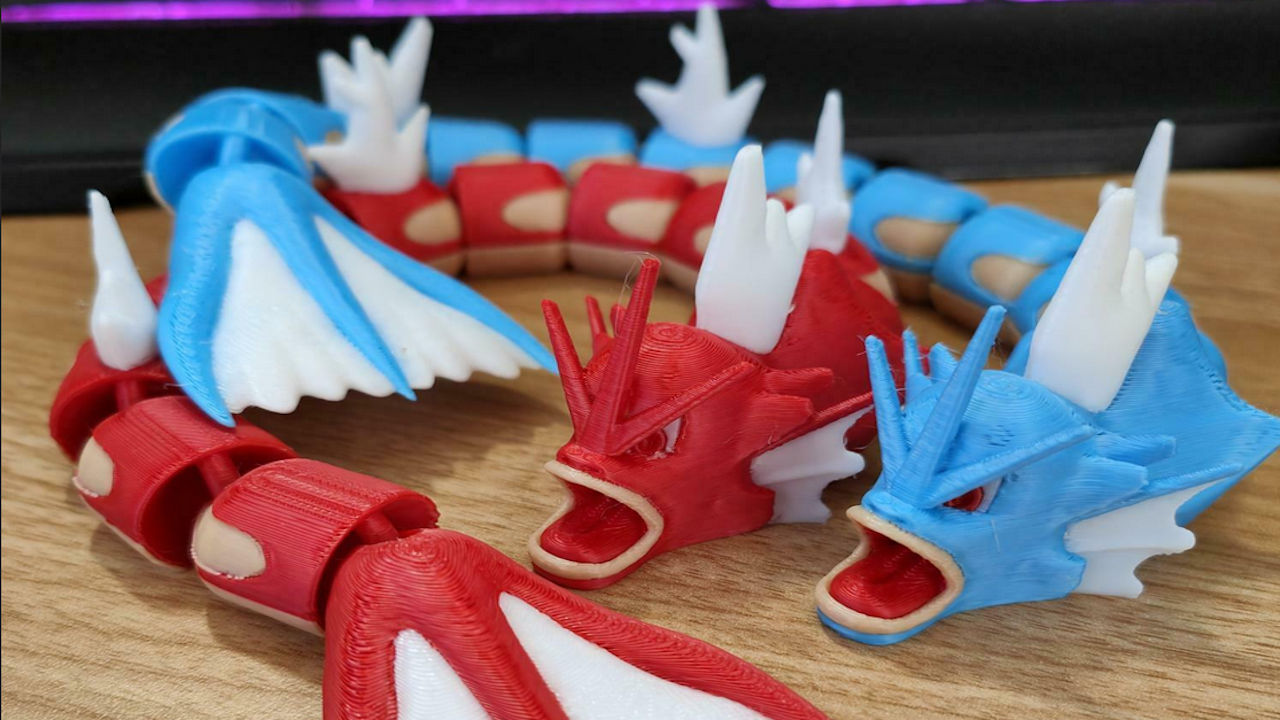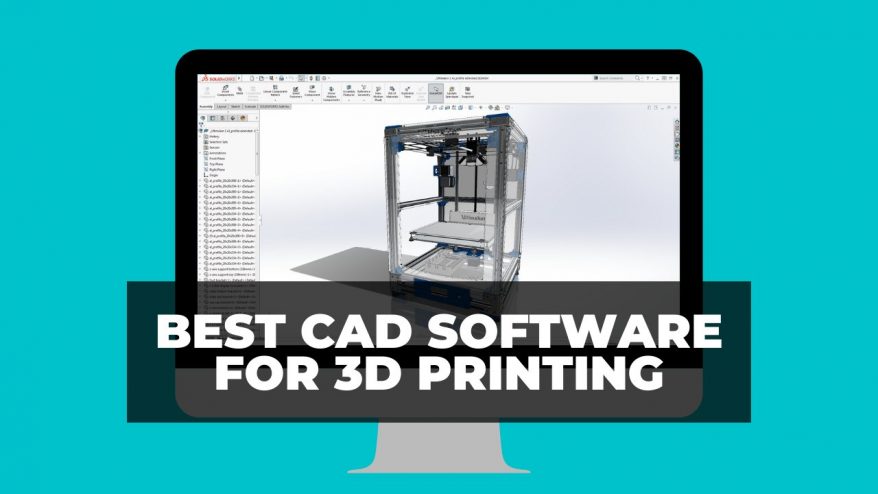
Sonia Verdu: 3D Printed Art, Lucid Dreams & Childhood Inspirations


At 3DSourced we’ve covered everything 3D printing and 3D since 2017. Our team has interviewed the most innovative 3D printing experts, tested and reviewed more than 20 of the most popular 3D printers and 3D scanners to give our honest recommendations, and written more than 500 3D printing guides over the last 5 years.
Sonia Verdu is a very talented artist who uses many forms of media in her works. When it comes to 3D printing, she has found great success in making dolls, figurines, and decorative touches which are sure to turn many heads.
We had the pleasure of speaking to her about her inspiration and her work in 3D printed art. From experimenting with lucid dreaming to advice for others who wish to expand their work with 3D printing, Verdu offers unique and interesting insights in the world of 3D printing for art.

[Note that this interview has been translated from Spanish and paraphrased for readability.]
- What would you say is the main inspiration for your art, and how do you transfer that inspiration to 3D printing?
‘Whenever I’m creating a new design, my first step is to think of something I’ll actually enjoy creating, not just the results. These projects are normally a challenge for me, so I look for designs that I can keep learning from. Most of the time I’m not even sure if I’ll get good results, but I always know that I’ll have fun trying.
‘The next stage is putting my ideas to paper by sketching them down in my notebook with the intention of being able to adequately translate the image to a 3D printable model. To do this, I alter the design to match the style of 3D printing that I want to use.
‘I generally use FDM 3D printers, and I try to make the individual pieces as easy to print as possible without losing the shape or function of the original designs.’
- What 3D printers do you use, and which would you recommend? Are there any materials in particular that you prefer to use in your art?
‘I have been greatly surprised by the Original Prusa i3 MK3S, it’s astounding quality for its price. Though in regards to resin printing, I’m quite happy using the Formlabs brand instead. I would absolutely recommend both.
‘I have to say that I still have and use the first printer I got from Spanish brand BQ Hesphestos I, I think they did a great job with that one.
‘I would definitely recommend wood filaments too, because of their smooth and somewhat porous finish that you can paint however you like.’
- Much of your work is based on sci-fi and fantasy themes, are these settings important or personal to you? Why?
‘I’m very passionate about anything related to fantasy worlds. Sci-fi and fantasy films have always held a fascination for me. I admire the illustrations of artists like Brian Fround, Alan Lee, Lius Royo, etc.
‘I feel inspired by the work of all kinds of big and famous artists, but also by the lesser-known artists who share their work on the internet. These works have grabbed my attention since I was little, and they found a home in my subconscious, so I naturally apply them to my own projects one way or another.
‘I find my dreams are another common source of inspiration for me: the mind is at its most creative in those moments just before sleeping or right before waking up. The brain changes between Alpha and Theta, and it’s the ideal moment to imagine and create.’

‘I’ve also been experimenting with lucid dreaming, and it is truly amazing what can be created in those dreams. I can visit different worlds, see beings from other dimensions, or I can create a room wherein lie all my next projects as I imagine them in a way I can take with me.
‘The only real restriction is finding the time to create this dreamlike world, which is brought to life through my own beliefs. The daily stress and social dynamics in which we live doesn’t lend itself well to creativity, so I need to actively search for moments of calm to do so.
‘While I don’t faithfully recreate everything I see in my dreams, they serve as a source of inspiration and energy that I bring to the table when I get to work.’
- What are your favorite projects? Can you tell us a little about them?
‘I think that, of all my finished projects, the ones I like the most are the ones that have been the most challenging. Generally speaking, these would be all of my 3D printed articulated figurines, like the horse, the dragon’s hand, and the ‘Robótica’ woman.
‘Seeing these designs help inspire others to make their own creations is the most encouraging part.’
- What achievements are you most proud of? Can you say a little about them?
‘I like learning about different creative techniques and tools. If I feel proud of anything, it’s my fearlessness when learning and trying out new artistic and expressive techniques. I prefer not to pigeonhole myself into any one artistic branch because I might want to try new things down the line.

‘I’m drawn to painting, traditional modelling, and software, and I love getting my hands dirty; cooking up a ceramic piece and seeing the results come out of the kiln is a feeling akin to creating a new 3D printed design for the first time.’
- 3D printing if very technical, and most people see it as a male-dominated field. Is there anything you’d like to say to other women who want to be taken seriously using 3D printing?
‘Yes, it’s odd that there are far more men in the world of 3D printing, and I don’t really get why.
‘My advice for women is to enjoy this tool and all the possibilities it offers. I don’t believe there are any limits for women in this sense, and if they need help with the technical side of things then they’re going to find a tonne of information that others have shared on the internet.’

‘I’m grateful to all the people who help out by sharing tutorials on their channels and social network pages.’
- What advice would you give to other people who want to use 3D printing to expand their art?
‘From my point of view, 3D printing is a marvelous tool, whether to create a final product or simply aid in the creation process. These days there are so many schools of art that are incorporating 3D printing technology into their education, and it makes the produced artworks so much more palpable.
‘It is doubtlessly also opening doors in commercial fields for many digital artists.’
‘My main advice is to just dive in to using these new tools with as much passion and as little fear as you can. Once you’ve carried out a project that you enjoyed working on, you will never tire of investigating and advancing your method. In this way, your own art will grow.’
- Do you have any plans for the future of your artwork, or any long-term plans you’d like to discuss?
I’m currently a teacher at a ceramic art school in Madrid. There, we are applying 3D printing to the creation of ceramic objects.’

‘In my personal workshop, I’m working on a few new 3D printing designs that I hope to publish this year.’
- Finally, is there anything else you’d like to say, or any other advice you’d like to give our readers about using 3D printing to create art?
‘3D printing is going to be with us for a long time, and it’s evolving exponentially. I would simply encourage people to continue experimenting and enjoying their time with it. I believe it’s going to bring artists many surprises to come, especially with newer printable materials.’
You can find more of Sonia Verdu’s work on her personal blog here.





















